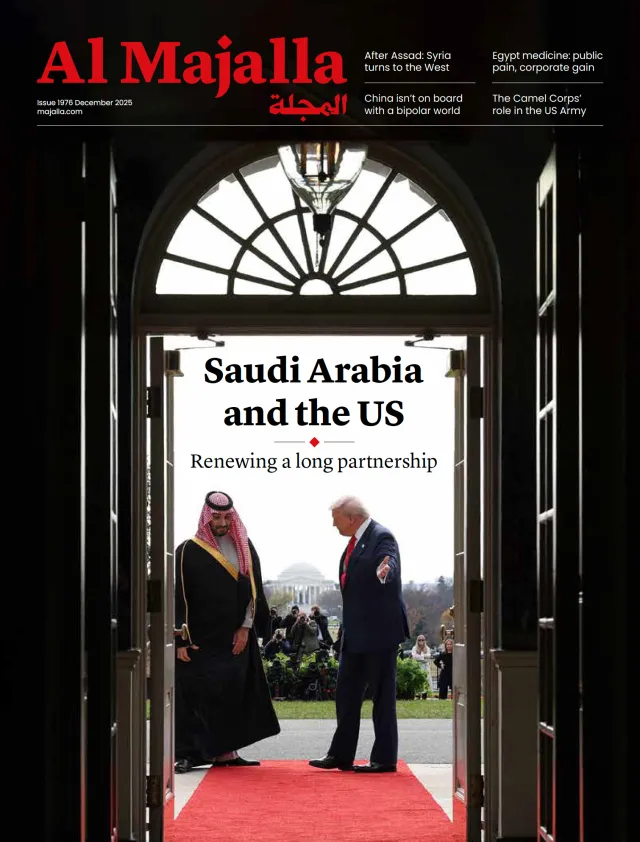Perhaps the greatest losses Iran suffered in its 12-day war with Israel were not material but symbolic, in particular the collapse of the narrative it had cultivated and projected of a mighty, unassailable power defying both Israel and the United States, its so-called “Great Satan.”
Iran had claimed to have the ability to annihilate Israel in a matter of days and boasted of its sway over Arab capitals such as Baghdad, Beirut, Damascus, and Sana’a. Yet the war exposed these claims for what they were: propagandistic slogans that withered under the pressure of reality.
In less than a fortnight, Iran lost most of its primary nuclear facilities, sites that had taken over three decades to build and cost tens of billions of dollars. It saw a significant portion of its missile arsenal destroyed, lost an elite cadre of military commanders and nuclear scientists, and witnessed the devastation of wide segments of its military and civilian infrastructure at the hands of Israel and the US.
Battlefield absence
Iran had been the symbolic leader of the so-called ‘Axis of Resistance,’ comprising state and non-state actors aligned against Israel and the West. Yet its leadership had been lacking even before the 12-day war.
Iran was conspicuously absent from the battlefield during Israel’s 20-month campaign of annihilation in Gaza, leaving Hamas to fend for itself. Late last year, Iran also withheld meaningful support from Hezbollah in Lebanon, again leaving it to take a pounding. Finally, in December, it stayed out of Syria as ally Bashar al-Assad’s regime collapsed.
In every practical sense, it withdrew, which invites the question: was Iran’s policy of self-preservation a grave miscalculation? Its retreat allowed Israel to dismantle its network of regional allies and proxies one by one, until finally Tehran itself became the target. This stands in sharp contrast to Iran’s longstanding ideological narrative built on maximalist threats, revolutionary bravado, and promises of Israel’s destruction.




